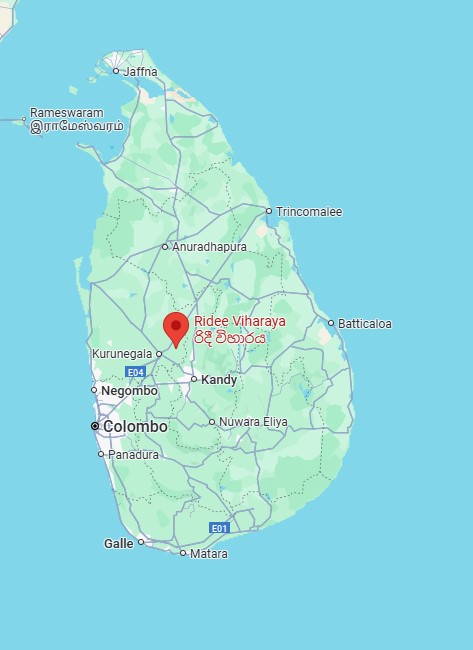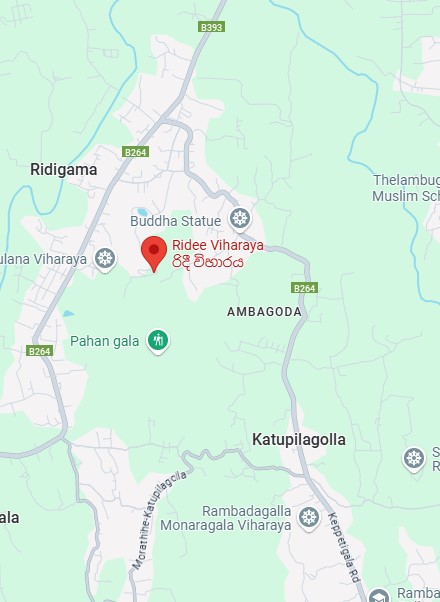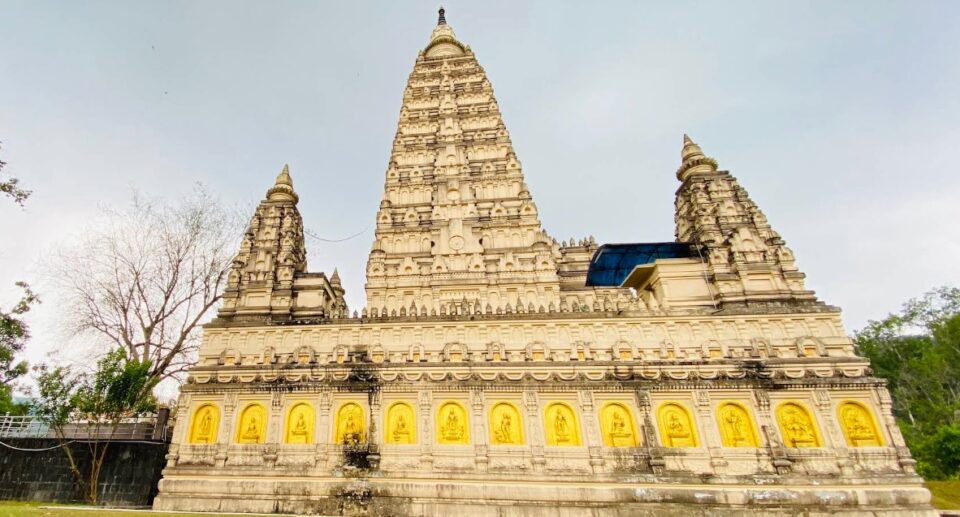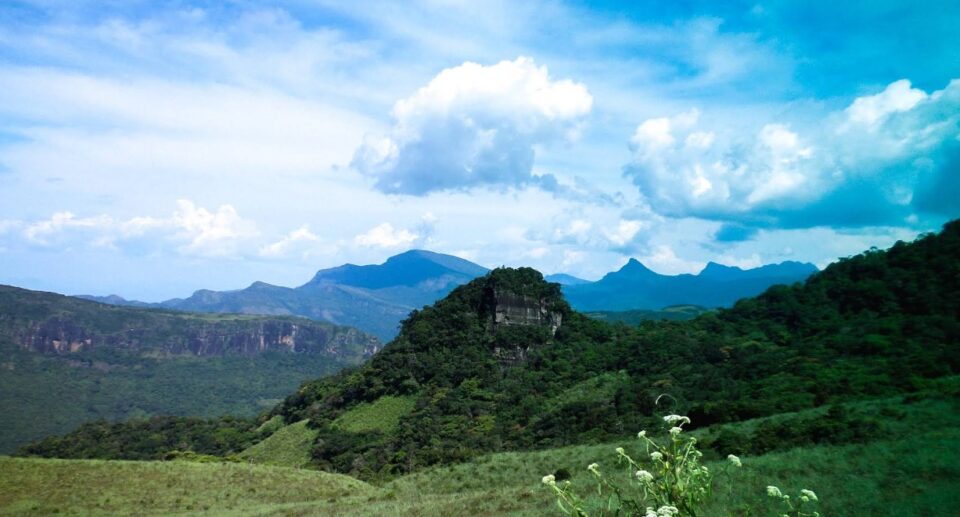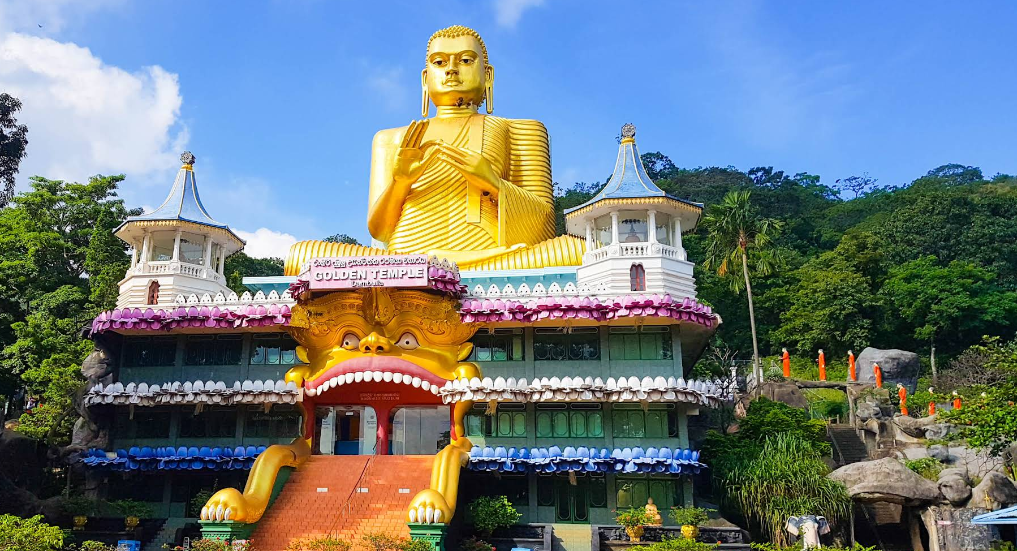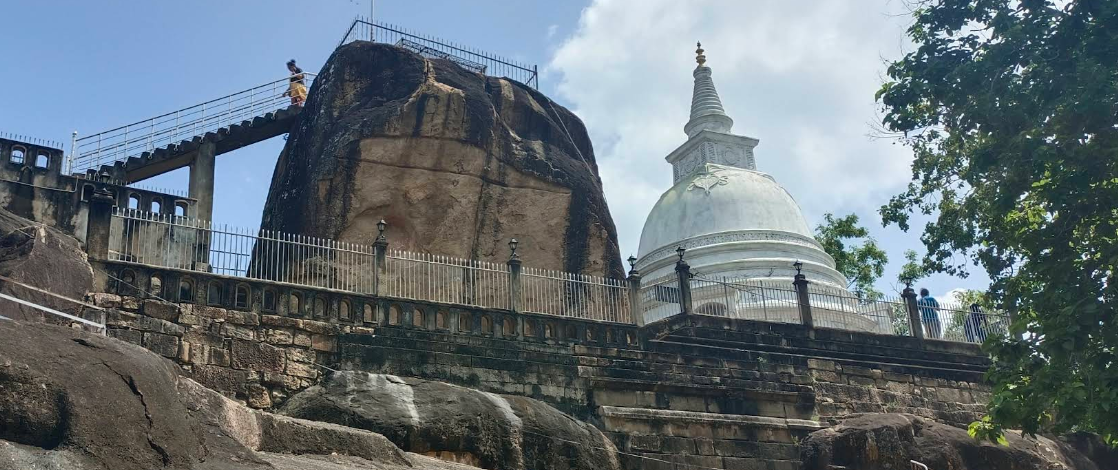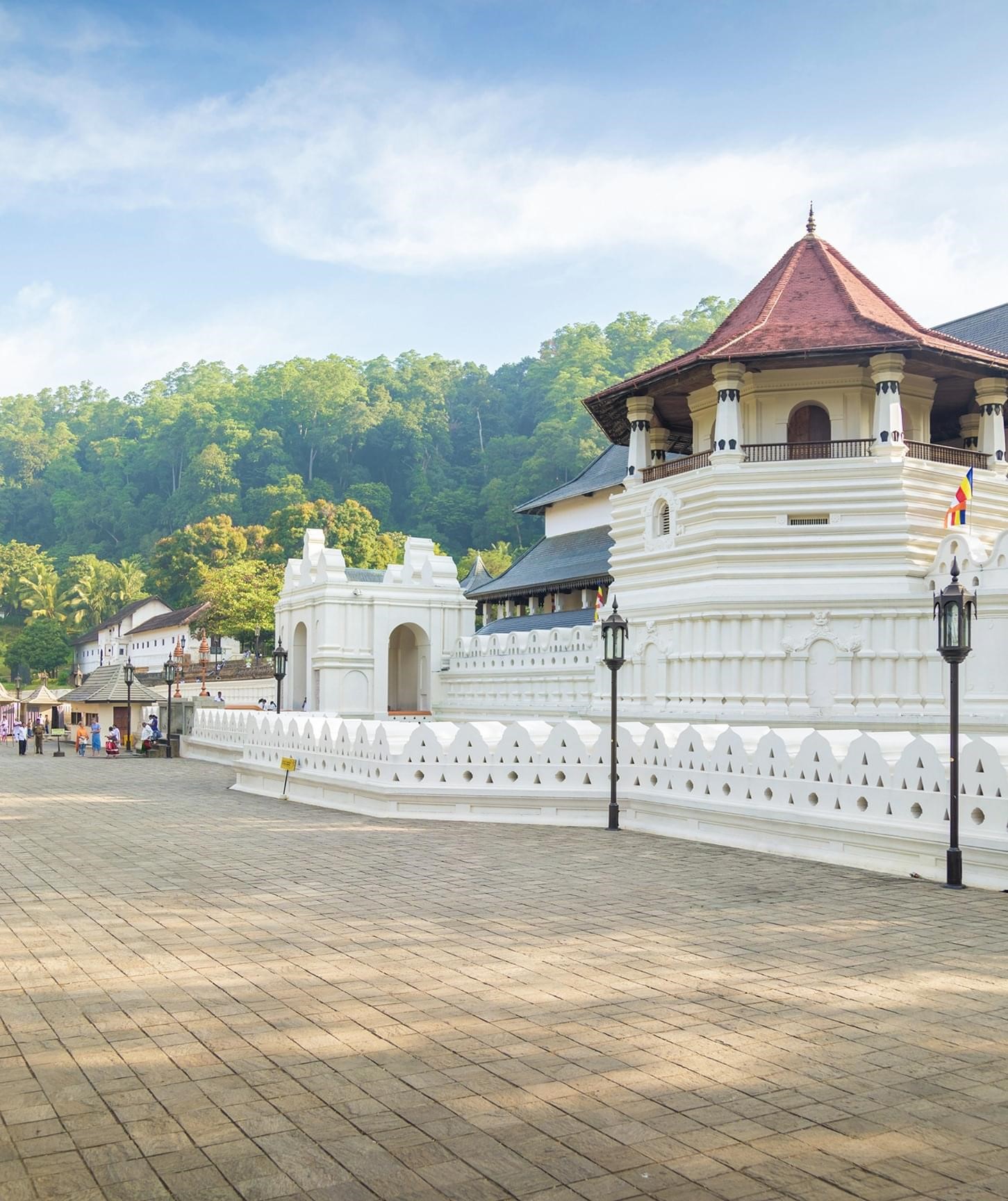Ridee Viharaya: The Sacred Silver Temple of Kurunegala
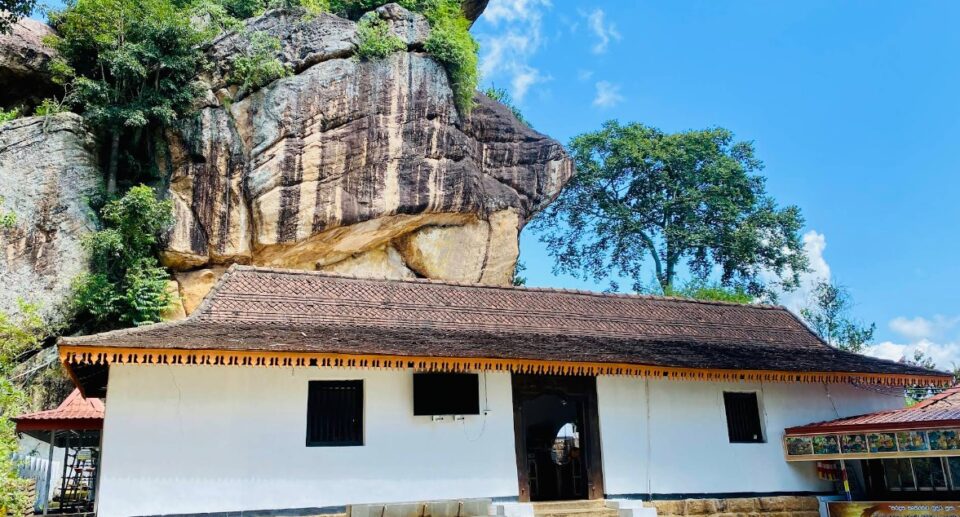
Far in the North Western Province of Sri Lanka, among hills of forest and rural landscape, stands one of the island nation’s oldest and holiest Buddhist temples—the Ridi Viharaya, or Silver Temple. Located in Ridigama, about 20 kilometers east of Kurunegala, this ancient monastery complex mixes history, religion, and nature to entice pilgrims and tourists alike.
Ridi Viharaya is more than a religious monument. It’s a living testament to the golden days of Sinhalese civilization under King Dutugemunu and a treasure trove of Buddhist art and architecture. A journey to this sacred site is a journey not only into the past of Sri Lanka, but into its cultural soul.
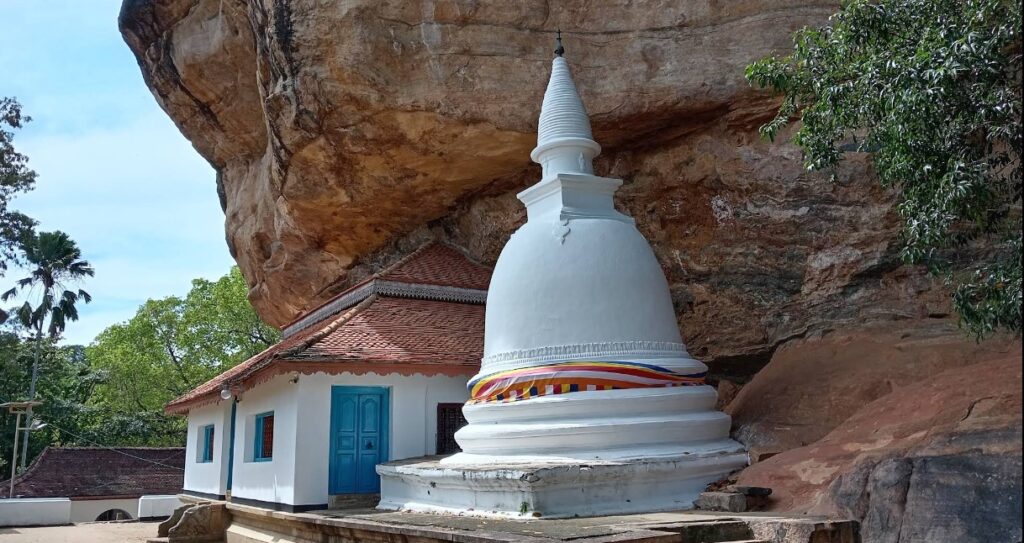
Historical Background
The past of Ridi Viharaya dates over 2,000 years, to the period of King Dutugemunu (161–137 BCE), one of the most famous Sri Lankan kings. According to the ancient chronicle Mahavamsa, when the Ruwanwelisaya Stupa was constructed in Anuradhapura, silver was needed to complete its magnificent design. It was there that a party of traders, traveling from one destination to another in the area now called Ridigama, discovered a vein of silver ore after a sequence of strange incidents involving arhat monks.
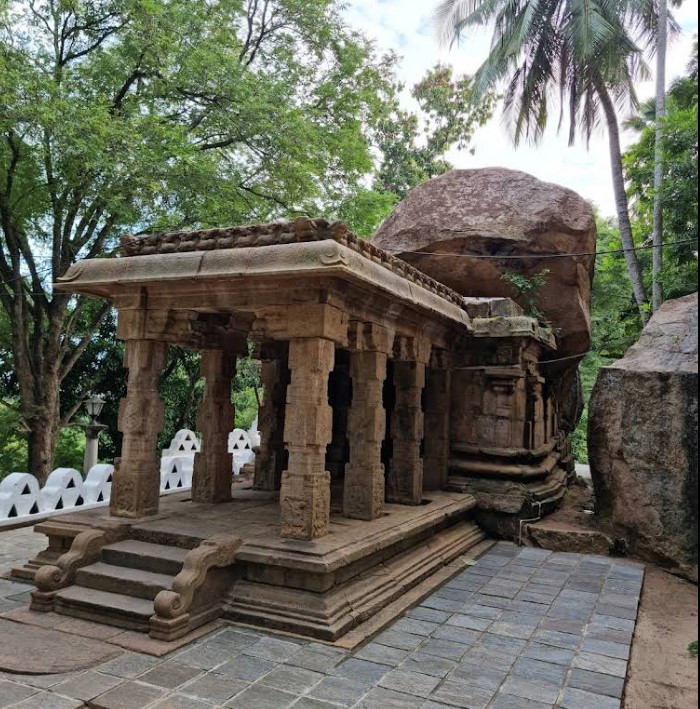
The silver from there was transported to Anuradhapura and was added to the Ruwanwelisaya. As gratitude, King Dutugemunu built a temple on the place of discovery—thus began Ridi Viharaya, the Temple of the Silver.
The Gift of the Legend of Jackfruit
The most common legend of the temple is a humble act of dāna (almsgiving). The legend goes that the merchants had found a ripe jackfruit and chose to make the initial offering to the Sangha (Buddhist monks). Four arahants instantaneously appeared to accept the offering. In return for payment, the last monk revealed the location of the silver cave—declaring it to be a sacred site. This act of devotion and recompense is commemorated in temple mosaics and statues.
Architectural and Artistic Significance
Ridi Viharaya is a series of cave temples hacked out of the face of a rock, and it has been extended and enhanced over the centuries. The structures reflect a mix of Anuradhapura, Polonnaruwa, and Kandyan styles, and the outcome is a visual record of Sri Lankan religious architecture.
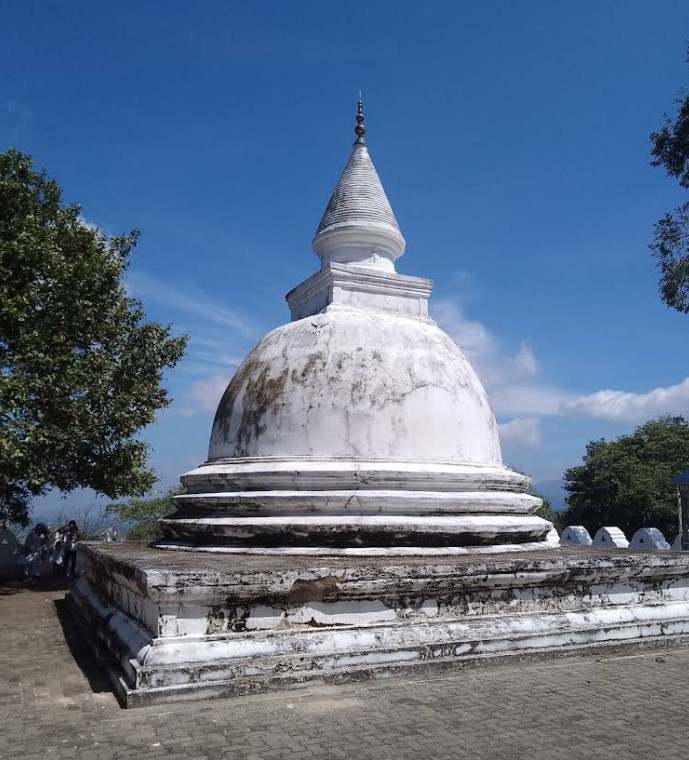
1. Uda Viharaya (Upper Temple)
One of the gems of the temple is the Uda Viharaya, constructed in the Kandyan era by King Kirti Sri Rajasinha during the 18th century. It contains a massive seated image of Buddha in the Dhyana Mudra (seated meditative pose) and is surrounded by neatly painted murals. Walls and ceiling contain floral and geometric motifs of the Kandyan style, reminiscent of a kaleidoscope of vibrant colors.
The sanctum of the Uda Viharaya is faintly lit, darkening the religious atmosphere. The paintings here also depict scenes from the Jataka tales and episodes in the life of the Buddha for the purposes of the education of the devotees.
2. Maha Viharaya (Main Cave Temple)
Situated under a massive projecting rock, the Maha Viharaya is the oldest building in the complex. The minimalist but imposing building conveys serenity and respect. Inside, pilgrims can view ancient reclining and seated Buddha images carved out of the rock itself or built from brick and stucco.
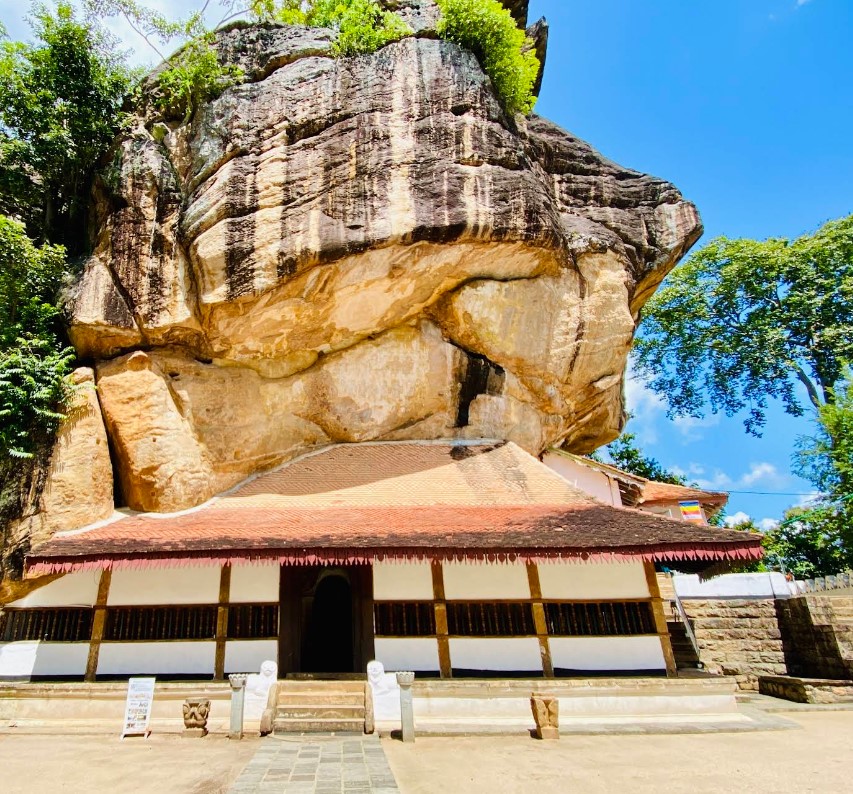
Perhaps the most striking landmark is the cobra-shaped rock above the entrance to the cave—a natural rock that has been symbolic of the protective power at the site.
3. Kuda Viharaya (Small Shrine Room)
The smaller shrine stands beside the main temple and features exquisitely decorated walls and diminutive statues. Despite its small size, it offers a serene, intimate space for prayer and reflection.
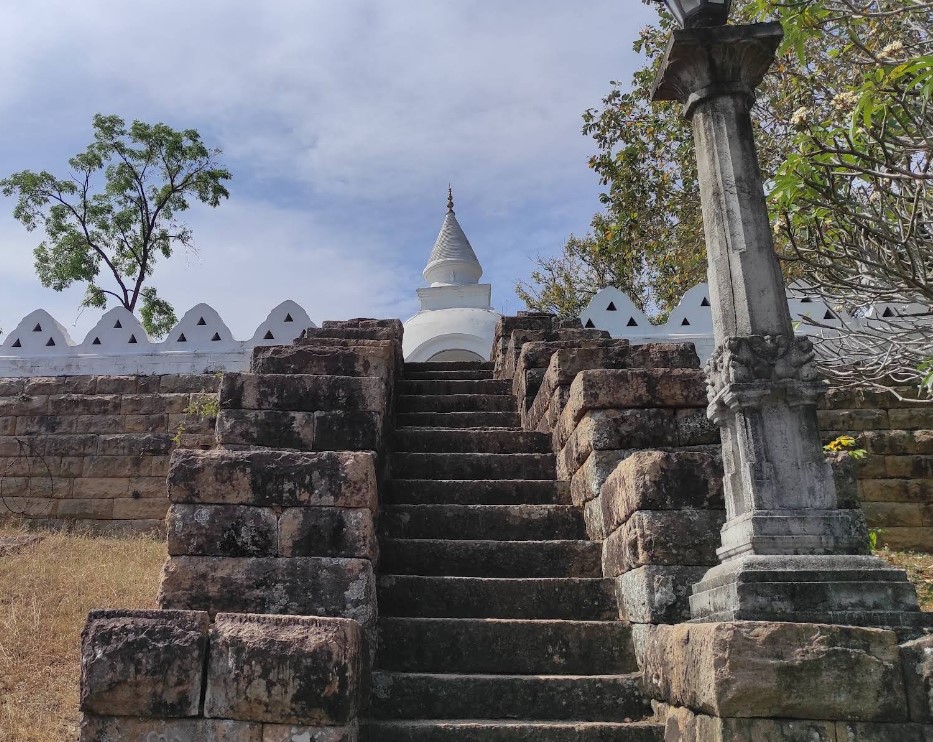
4. Ancient Rock Inscriptions
Scattered over the temple complex are several Brahmi and medieval inscriptions, some carved upon rock slabs, others painted or inscribed on walls. These record royal patronage, gifts of land, and historical events related to the growth of the temple.
Natural Setting and Ambiance
Ridi Viharaya’s setting contributes to its spiritual impact. The temple lies in the midst of dense forest, with tree lines of old trees leading along walking trails and birdsong echoing throughout the atmosphere. The site’s distance from the world preserves its peace, allowing visitors to experience a strong feeling of connection to the natural world and consciousness.
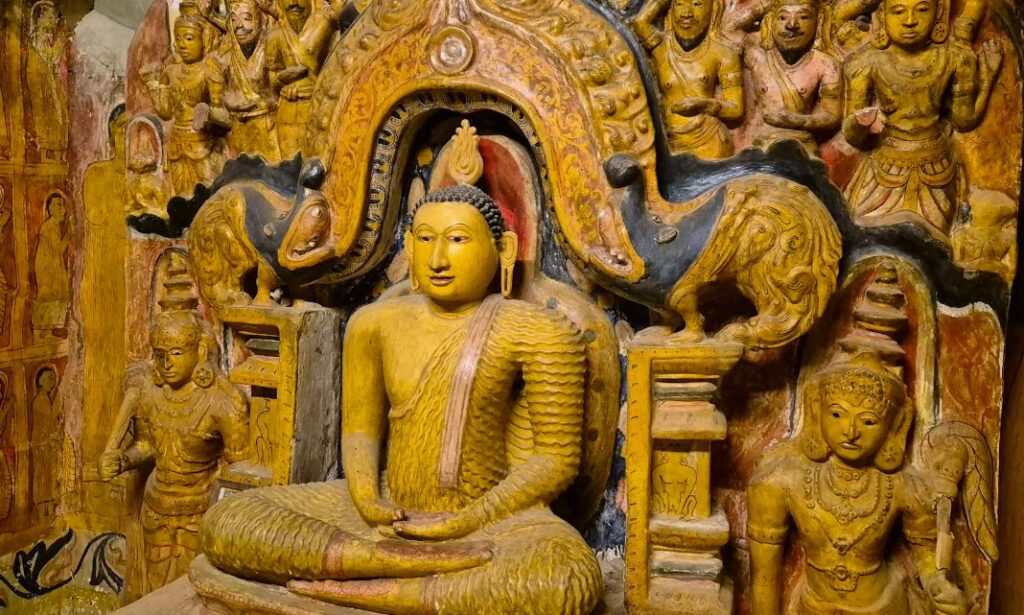
The ascent over stone steps and through rocky terrain to reach different areas of the complex is pilgrimage-like—with every step a reminder of the religious struggle.
Treasures and Special Features
Ridi Viharaya contains a number of artistic and religious gems too: Ivory carvings and lacquer work in the upper temple bear witness to the fine craftsmanship of the Kandyan period.
A Chinese Bodhisattva porcelain statue said to have been gifted by Chinese traders is a testament to the temple’s international significance in history.
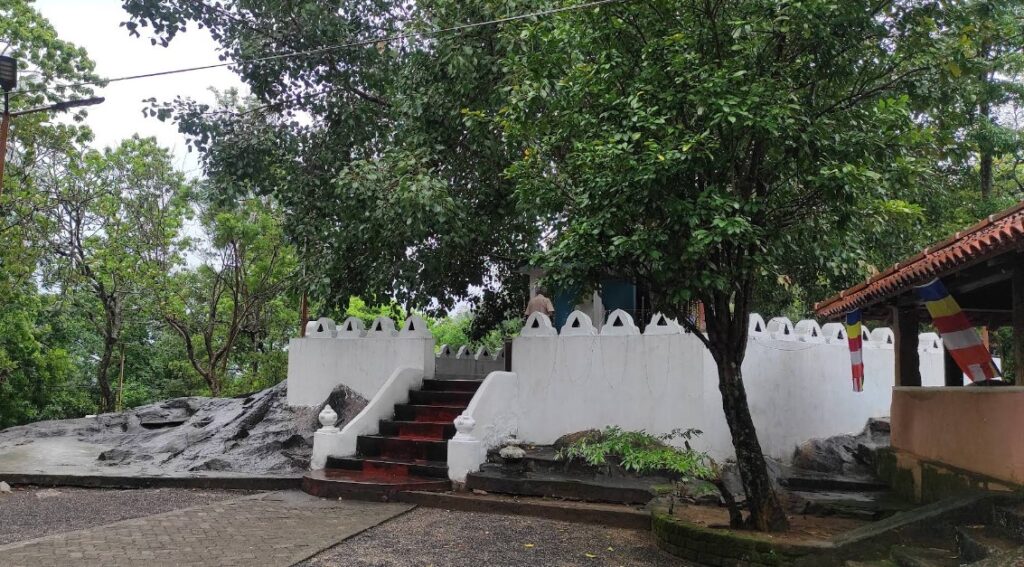
Moonstones (Sandakada pahana) and stone guardstones at the entrance are classic Sinhalese architecture designs, symbolizing religious protection. Bodhi Tree Shrine with pilgrims’ offerings across generations.
Cultural and Religious Importance
Ridi Viharaya continues to be a center for Buddhist devotional worship and tradition. It is an active temple, with resident monks conducting daily rituals, chanting services, and dhamma sermons. The temple draws large crowds on Poya days, who come to present flowers, meditate, and participate in traditional ceremonies.
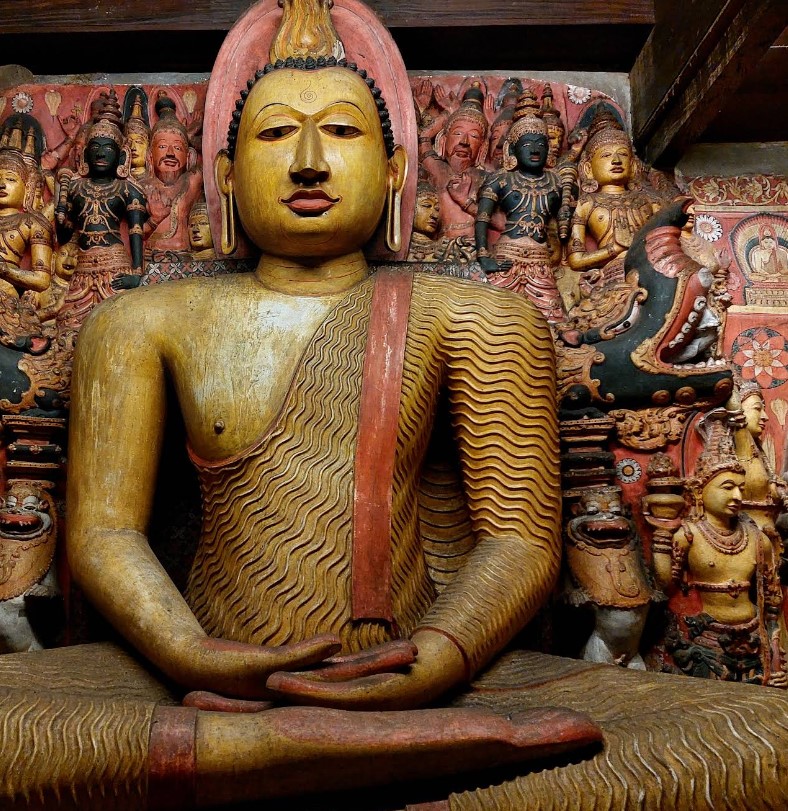
The temple also attracts educational trips and archaeological studies, visited by students, professors, and history and spirituality enthusiasts of Sri Lanka on a regular basis.
How to Get There
By Car: From Kurunegala follow the road to Ridigama (about 20 km). Signboards will guide you to the temple entrance.
By Public Transport: Regular public buses are available from Kurunegala to Ridigama. Walking or by tuk-tuks from Ridigama will take you to the temple.
GPS Location: Type “Ridi Viharaya, Ridigama” into Google Maps.
The final section is a pleasant drive up a small hill. There is parking near the temple entrance.
Visitor Tips
Dress modestly and cover shoulders and legs as it is an active place of worship.
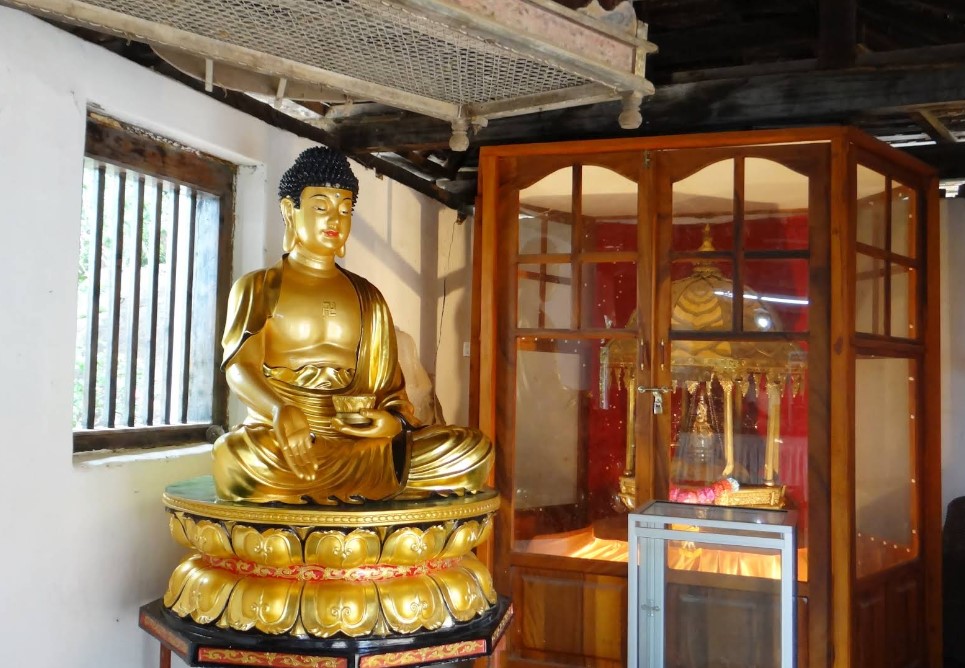
Remove shoes before entering temple spaces.
Photography is allowed but always ask permission before taking photos in sacred spaces.
The best time to visit would be in early morning or late afternoon to avoid the heat and take photos of the temple with gentle light.
Ridi Viharaya is more than a monument – it is a living expression of Sri Lanka’s Buddhist faith, history, and art. As a pilgrim reaching out for spiritual guidance, or as a history buff tracing the trail of kings, or as a tourist looking to find peace, this Silver Temple provides a richly rewarding experience.
Its sacred legends, serene environment, and intact heritage make Ridi Viharaya a place worth visiting in Sri Lanka. There, time comes to a standstill, and the ancient murmurs of devotion echo among stone, trees, and soul.
